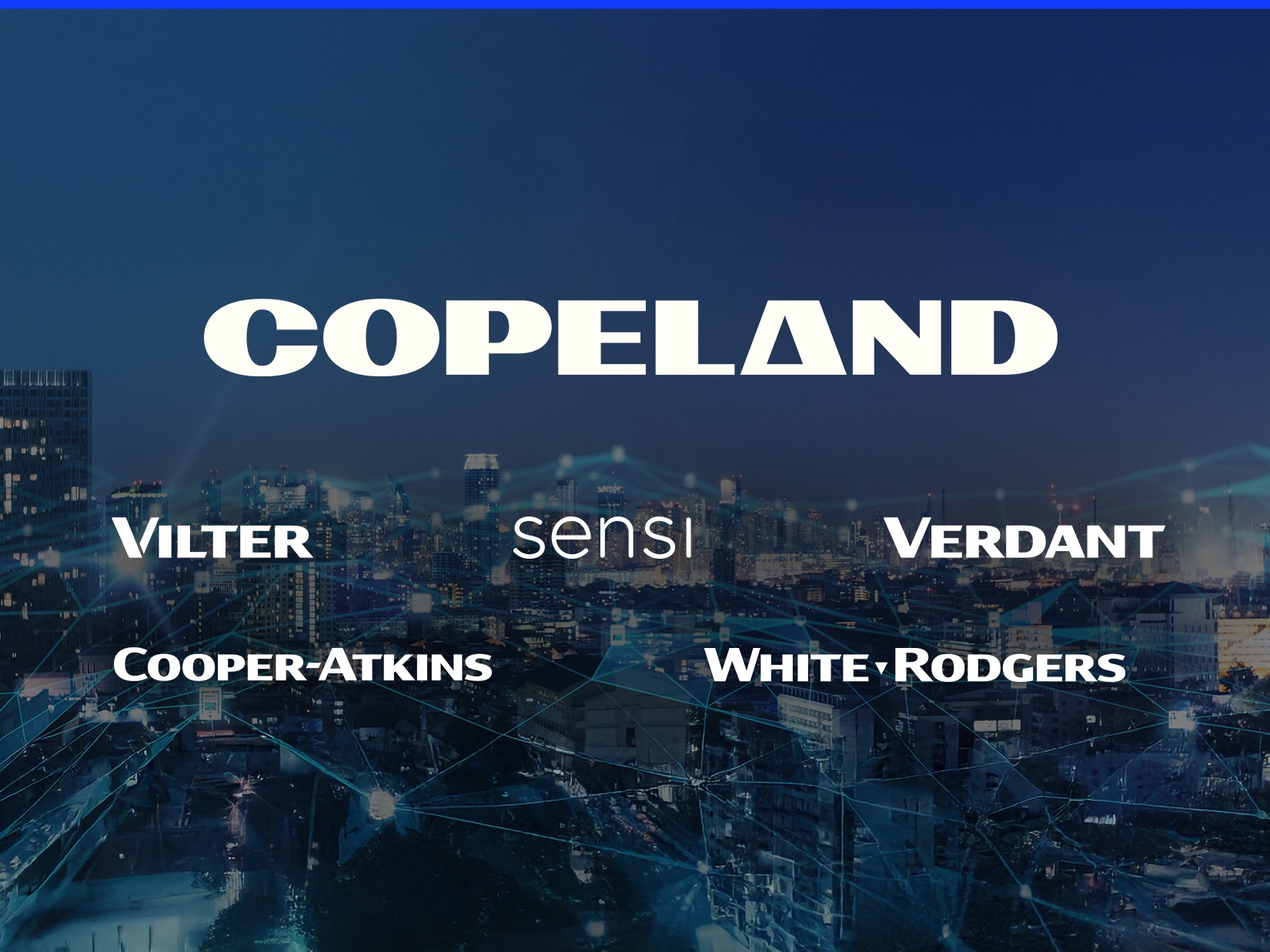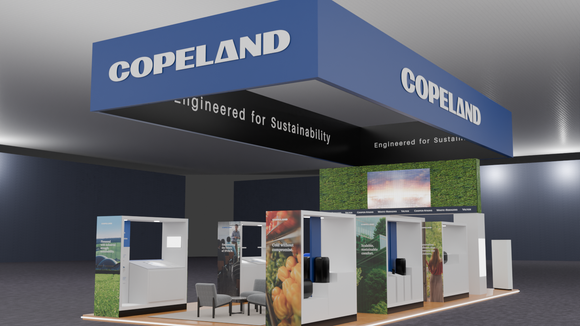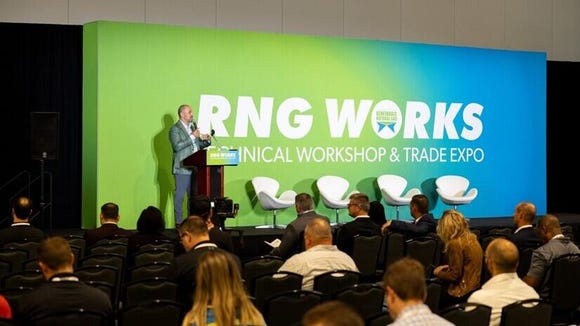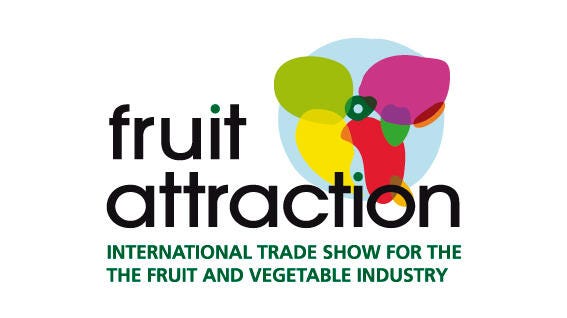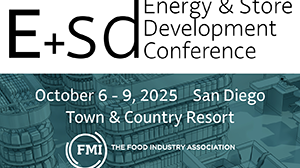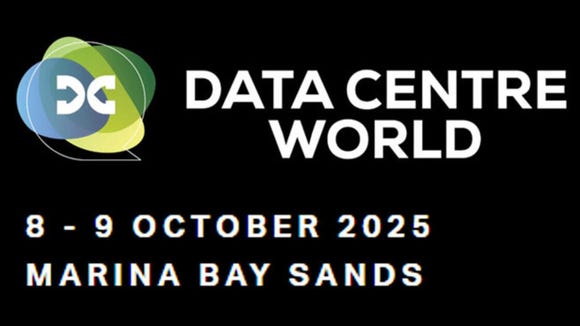
Newsroom

Strategic collaboration to bring innovative residential solutions designed to reduce emissions and enable sustainable home heating.

Acquisition enhances Copeland’s industrial heating portfolio

Copeland, a global leader in sustainable heating, cooling and refrigeration solutions, is proud to release its inaugural Global Impact Report
Press Releases

Strategic collaboration to bring innovative residential solutions designed to reduce emissions and enable sustainable home heating.

CO₂ innovation paves the way for low-global warming potential (GWP) refrigeration flexibility

Innovative variable speed solutions deliver energy and water efficiency for China Mobile’s new data center
Thought Leadership

Data-driven geofencing, real-time tracking and smart alerts help prevent organized cargo theft and protect high-value shipments

Combining best practices and hard data helps enhance food quality and safety.

A day dedicated to raising awareness about the benefits and application of HPWH technologies.

Copeland’s Sensi smart thermostat named PCMag’s Best Smart Thermostat 2025 Readers’ Choice.
Copeland's Andre Patenaude weighs in on CO2 trends reshaping US and EU commercial refrigeration end markets
Copeland invests Rs 500 crore in India; Ross B. Shuster addresses trade dynamics and global adaptation.
Copeland CTO Patrick Forsythe shares insights on innovation and the future of the company.
